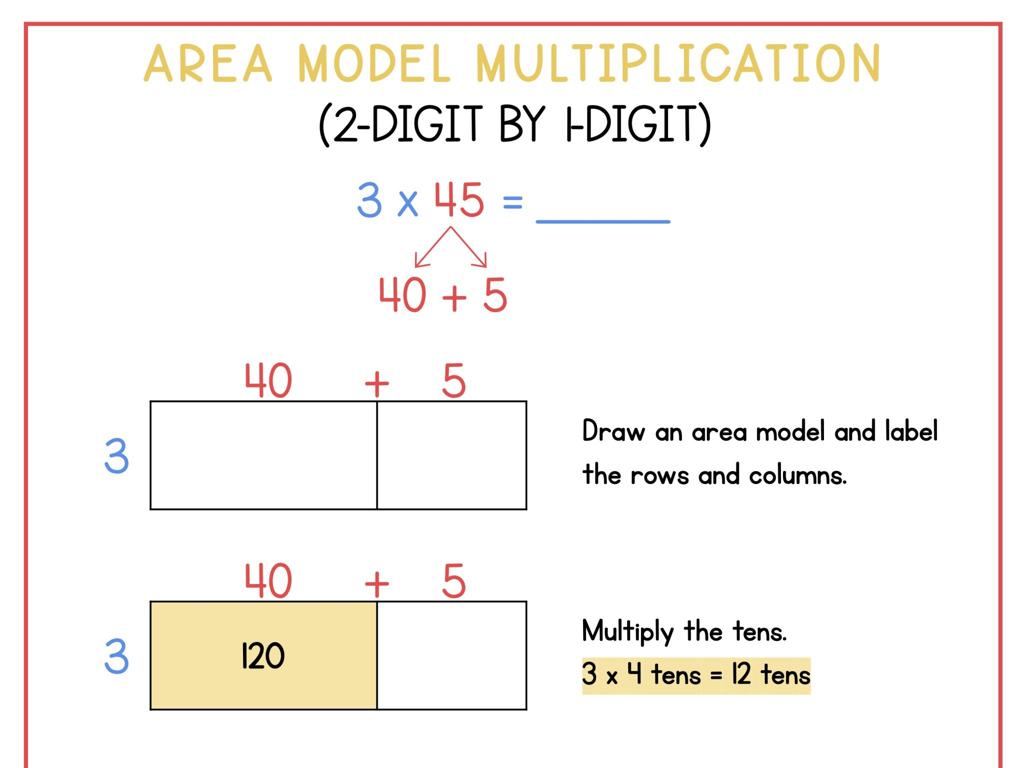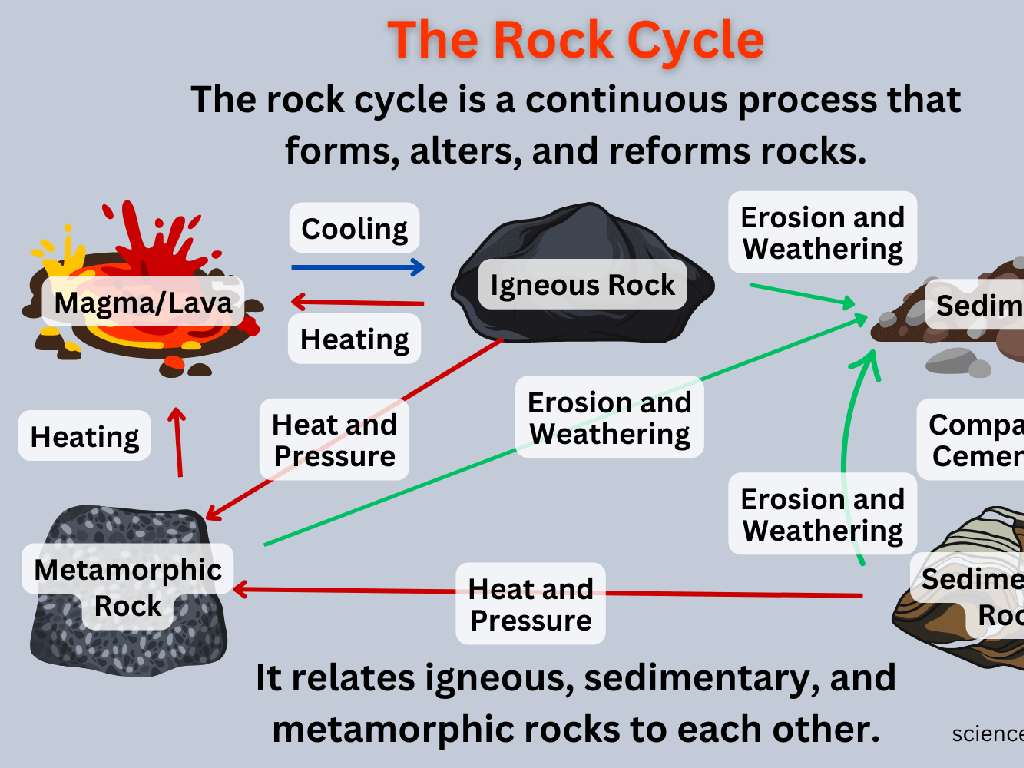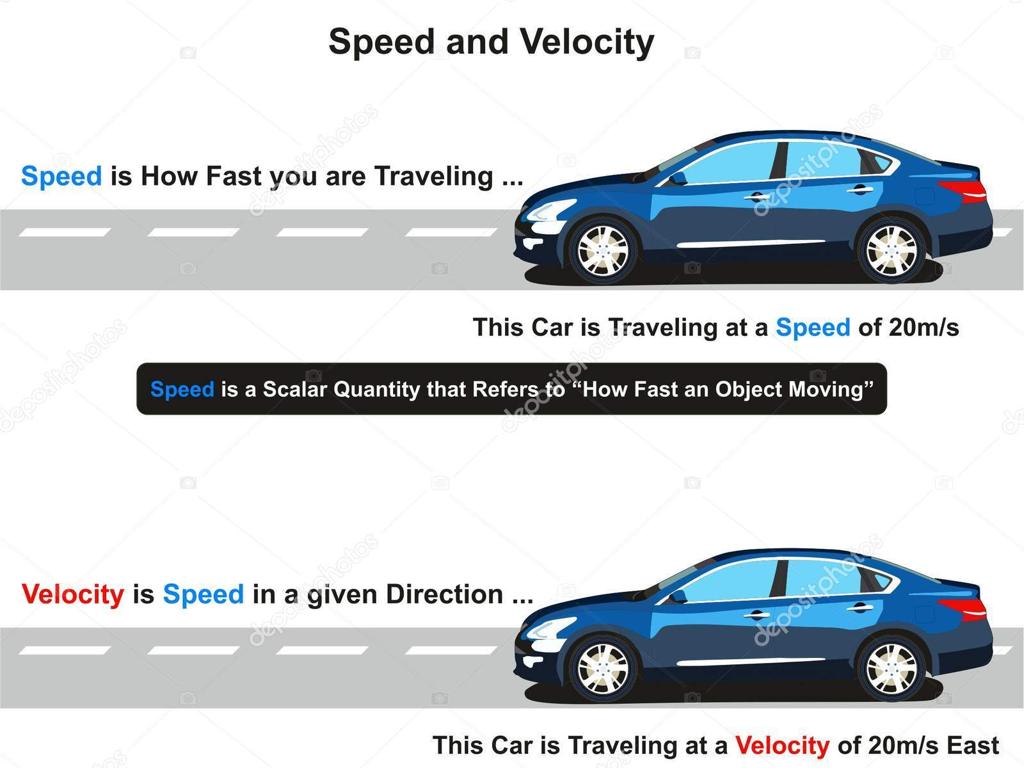Science And Technology In Early China
Subject: Social studies
Grade: Seventh grade
Topic: Early China
Please LOG IN to download the presentation. Access is available to registered users only.
View More Content
Science and Technology in Early China
– Early China’s introduction
– Significance in history
– Science and tech played a crucial role in development and progress.
– Ancient Chinese innovations
– Inventions like paper, compass, gunpowder, and printing.
– Global influence of Chinese technology
– These innovations spread along trade routes, impacting the entire world.
|
This slide aims to provide students with an overview of the role of science and technology in the development of early Chinese civilization and its lasting impact on the world. Emphasize the importance of understanding historical context to fully appreciate the contributions of ancient cultures. Highlight key Chinese inventions that have shaped modern society and discuss how these spread beyond China’s borders, influencing various aspects of life globally. Encourage students to think about how these technologies are still relevant today and to consider the ways in which ancient innovations have paved the way for modern advancements.
The Four Great Inventions of Ancient China
– Discover the Four Great Inventions
– Papermaking: Educational transformation
– Invented during the Han Dynasty, it allowed for better documentation and spread of literature.
– The Compass: Mastery of the seas
– Used for navigation by the Song Dynasty, it greatly improved long-distance travel.
– Gunpowder: A new era of warfare
– First used in the Tang Dynasty, it revolutionized military tactics and armaments.
– Printing: Knowledge goes global
– The movable type printing of the Song Dynasty enabled the mass production of books.
|
This slide introduces students to the Four Great Inventions of ancient China, which have had a lasting impact on both Chinese and global civilization. Papermaking facilitated the spread of education and bureaucracy by making record-keeping more efficient. The compass allowed for the expansion of Chinese maritime exploration and trade. Gunpowder altered the nature of warfare and led to the development of modern weapons. Printing, especially movable type, democratized knowledge by making books more accessible. Encourage students to think about how these inventions still affect our lives today and to discuss the long-term impacts of these technological advancements.
The Papermaking Process in Ancient China
– Ancient papermaking technique
– Originated during the Han Dynasty, revolutionizing writing.
– Materials and steps used
– Utilized mulberry bark, hemp, and rags with water; pressed and dried.
– Impact on literacy and culture
– Facilitated knowledge spread, education, and record-keeping.
– Paper’s role in history
– Became a pivotal invention, influencing societies globally.
|
This slide delves into the ancient Chinese invention of papermaking, a significant technological advancement that emerged during the Han Dynasty. Highlight the materials traditionally used, such as mulberry bark, hemp, and old rags, and describe the process of mixing these with water, pressing, and drying to create paper. Emphasize the profound impact this invention had on literacy rates, cultural development, and the preservation of knowledge. Discuss how papermaking contributed to the spread of education and improved record-keeping, ultimately becoming one of the four great inventions of ancient China that shaped the course of human history.
The Compass in Ancient China
– Invention of the compass
Ancient Chinese discovered lodestone, which aligns with Earth’s magnetic field, leading to the creation of the compass.
– Compass in maritime exploration
The compass allowed Chinese sailors to navigate the seas with greater accuracy, enhancing trade and exploration.
– Ancient vs modern navigation
Ancient compasses were simple, using lodestone or magnetized needles, unlike today’s advanced GPS technology.
– Impact on world exploration
|
This slide explores the invention of the compass in ancient China, its critical role in maritime exploration, and how it compares to modern navigation tools. Emphasize the compass’s impact on world exploration, allowing China to become a leader in sea travel and trade. Highlight the ingenuity of early Chinese scientists and explorers, and discuss how the compass changed navigation. Encourage students to think about how different the world might be if the compass had not been invented. Discuss the evolution of navigation tools from the simple lodestone to today’s sophisticated GPS systems.
Gunpowder in Early China
– Discovery of gunpowder
– Initially used for medicinal purposes, later for military applications.
– Impact on warfare
– Revolutionized combat, leading to new weapons and tactics.
– Invention of fireworks
– Fireworks were created for entertainment and to celebrate events.
– Cultural significance
– Symbolizes festivity in China, used in New Year and other celebrations.
|
Gunpowder, an accidental invention by Chinese alchemists searching for an elixir of immortality, profoundly changed both military and cultural practices. Its introduction altered the course of warfare, leading to the development of cannons, guns, and explosives. This shift in military technology had a lasting impact on global conflicts. Additionally, the Chinese harnessed gunpowder’s potential to create fireworks, embedding them deeply into cultural traditions. Fireworks became synonymous with celebration, especially during the Chinese New Year, symbolizing the warding off of evil spirits and bringing good luck. Discuss the dual nature of gunpowder’s use and its lasting legacy in both warfare and cultural festivities.
The Art of Printing in Early China
– Origin of block printing
– Carving text into wood blocks, used to print on paper
– Movable type and knowledge
– Movable type allowed for faster printing, spreading ideas quicker
– Impact on knowledge dissemination
– Printing made books more accessible, spreading literacy and learning
– Gutenberg Press comparison
– Analyze how the Gutenberg Press was different from Chinese printing
|
This slide explores the revolutionary Chinese inventions of block printing and movable type, which played a crucial role in the dissemination of knowledge. Block printing involved carving text onto wooden blocks to reproduce text on paper. The invention of movable type by Bi Sheng around 1040 AD allowed individual characters to be arranged and reused, significantly speeding up the printing process. This facilitated the spread of literature, science, and culture, contributing to higher literacy rates and the preservation of knowledge. Compare this to the Gutenberg Press, which was developed in Europe around 1440 AD and is often credited with democratizing knowledge in the West. Highlight the similarities and differences, such as the use of metal type in the Gutenberg Press versus the earlier use of wood or ceramic type in China.
Innovations of Early China
– Seismograph: Earthquake detection
– First device to detect earthquakes, invented by Zhang Heng.
– Iron Plough: Agricultural revolution
– Improved farming efficiency, leading to increased crop yields.
– Silk production: Trade network catalyst
– High-quality silk spurred the creation of the Silk Road.
– Crossbow: Military advancement
– Enhanced weaponry that gave Chinese armies a tactical edge.
|
This slide highlights the remarkable scientific and technological achievements of early China. The seismograph, developed by Zhang Heng, was a sophisticated instrument that could detect earthquakes from far away. The iron plough was a significant advancement in agriculture, allowing for more efficient tilling of land and greater food production. Silk production and the resulting Silk Road trade network had a profound impact on both the Chinese economy and cultural exchanges with other civilizations. Additionally, the invention of the crossbow represented a leap in military technology, providing Chinese soldiers with superior firepower. Encourage students to consider how these inventions from ancient China have influenced modern technology and economy.
Impact of Chinese Science and Technology
– Global influence of Chinese inventions
– The Silk Road’s role in exchange
– An ancient network of trade routes connecting East and West, sharing goods and knowledge.
– Enduring legacy of Chinese advancements
– Chinese contributions are still evident in modern science, technology, and culture.
– Examples of notable inventions
– Papermaking, printing, compass, and gunpowder changed the world.
|
This slide aims to highlight the significant impact that early Chinese science and technology had on global development. Emphasize the role of Chinese inventions in shaping the world, with particular attention to the Silk Road as a major channel for the exchange of technology and ideas. Discuss the lasting effects of China’s scientific advancements on today’s society and technology. Provide examples such as papermaking, which revolutionized record-keeping and education; printing, which facilitated the spread of knowledge; the compass, which was crucial for navigation; and gunpowder, which had a profound impact on warfare. Encourage students to think about how these inventions from ancient China continue to influence our lives today.
Class Activity: Ancient Chinese Inventor
– Imagine being an ancient Chinese inventor
– Identify a problem to solve
– Think of daily challenges in ancient times
– Sketch and describe a new invention
– Use paper to draw; write a description
– Plan to present your invention
– Share how your invention solves the problem
|
In this activity, students will step into the shoes of an inventor from ancient China to stimulate creativity and apply historical knowledge. They should consider the context of the time period and the resources available to solve a problem that ancient Chinese might have faced. Encourage them to be imaginative yet plausible with their inventions. Provide drawing materials and guide them on how to write an effective description. Finally, prepare them to present their inventions to the class, focusing on the problem addressed and how their invention provides a solution. This will help develop their public speaking and presentation skills.






